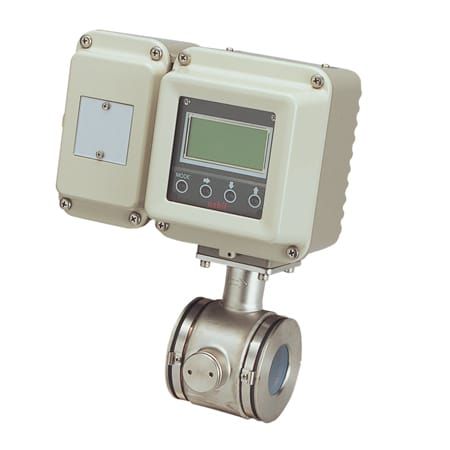Protecting miners and Australia’s GDP
In the resources sector, technology failures that halt operations can equate to vast amounts in lost production. That’s bad news both for industry and Australia’s economy.
To avoid technology failures, networks supporting mining operations need to be resilient and built for production optimisation.
A mining network requires a robust foundation that withstands attacks from any angle and has inbuilt redundancy for worst-case scenarios. To achieve this, multi-layered diversity is key.
“We sometimes see organisations using a primary and secondary network link of the same technology type, from the same provider, running along the same physical cable path. That’s not a great idea,” Vocus chief executive enterprise and government Andrew Wildbood said.
“If the links come from the same place and a backhoe goes through the cables, or even if the links use the same technology and an attacker targets that technology platform, that could result in a total outage.
“Genuine multi-layered diversity involves different physical pathways to mitigate physical threats, varying types of tech to counter attacks aimed at specific tech, and links provided by multiple telcos to protect against any single company’s failure.”
This multi-layered diversity ensures that even if one aspect is compromised, others remain functional, maintaining uninterrupted operations.
Divide and protect: The strategy of separation
For mining traffic, the protection of site operations – both production efficiency and worker safety – is paramount.
Ideally, the network that carries traffic between production machinery (including dispatch, telemetry and monitoring) is kept separate from the “enterprise” network – encompassing everyday communication tools like emails and calendars.
This segregation safeguards sensitive operational data from exposure to vulnerabilities that might exist in the more public-facing enterprise network.
Designing the protected, diverse solution
When selecting telecommunication partners to build the solution, mining and resources companies should prioritise providers who can support these extensive network diversity requirements.
The ideal partner is one that offers a comprehensive suite of solutions – geographical route diversity, different technology platforms, network separation and a mature capability to work with other telcos to deliver carrier diversity.
Vocus’ critical mission
Vocus’ broader network serves not just the mining sector but also other critical infrastructure domains across Federal and State Governments, energy producers, water utilities, hospitals and financial institutions.
The essential nature of these sectors reinforces Vocus’ unique position in the market as a leading Australian provider of mission-critical services to organisations.
Source: https://www.australianmining.com.au/protecting-miners-and-australias-gdp/


